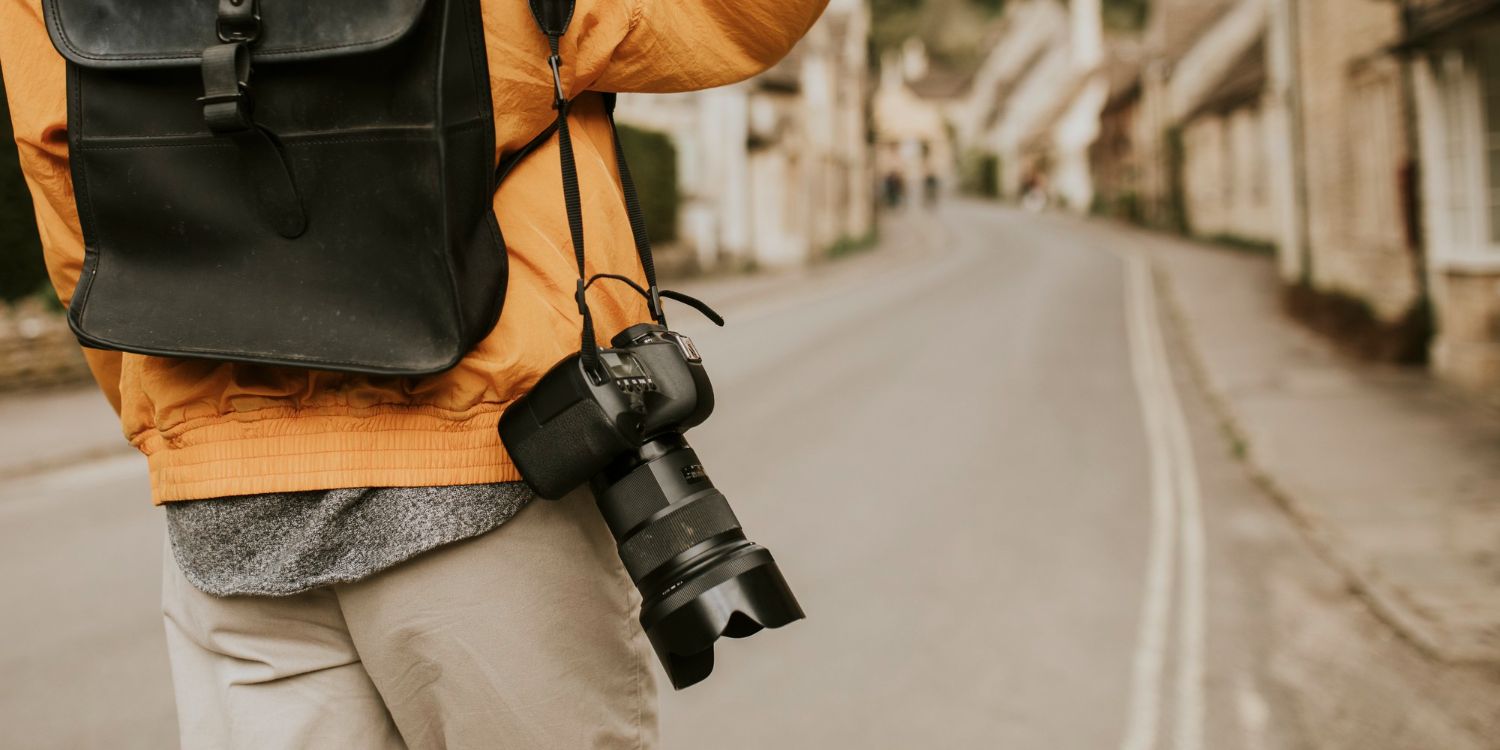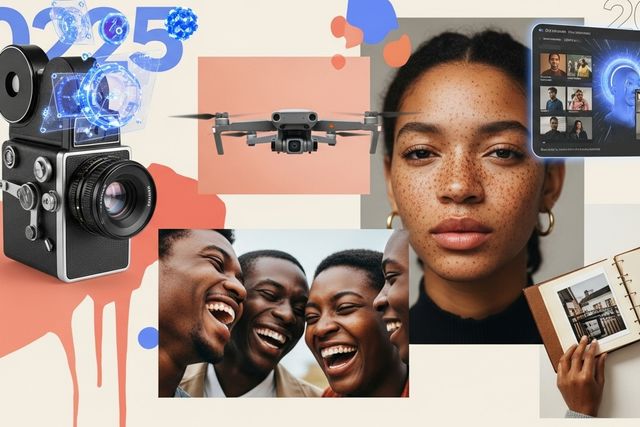
How to Choose the Right Gear for Outdoor Shoots
Outdoor photography can be a real adventure. Having the right gear is important for any successful photography, regardless of whether you're shooting landscapes or portraits. It's not just about having the most costly equipment; it's about selecting tools that match your style, setting, and the message you want your images to tell. Let's discuss how to select the gear that will be your ally in the field.
Understanding Your Outdoor Photography Needs
First, let’s talk about what you’ll be shooting. Are you a nature enthusiast who prefers sweeping vistas, or do you appreciate taking photographs against natural backdrops? Perhaps wildlife is what pumps up your adrenaline. Knowing this allows you to narrow down what you really need.
The environment also has an important role. If you're shooting under a hot sun, in unpredictable weather, or hiking to a remote spot, your gear must be able to withstand it all. Don't forget about comfort. Carrying heavy equipment for hours might take the fun out of shooting.
Picking the Right Camera
Choosing the right camera can be daunting with an array of options to choose from. For outdoor shoots, you want something that is durable and portable. Cameras with weather-sealings are a good choice if you are expecting dust, rain, or snow.
DSLRs are nice if you are considering a reliable camera with lots of lens options. Mirrorless cameras, on the other hand, are lighter and great for long treks. For beginners or casual photographers, compact cameras or even smartphones with excellent cameras can get the job done.
If you’re just starting out, look for cameras that have decent battery life and offer manual controls. This way, you can learn and grow with your equipment.
Lenses That Work for Outdoor Photography
Lenses are where the magic happens. For sweeping landscapes, a wide-angle lens is your best friend. It captures more of the scene and gives that dramatic, expansive look.
If you’re into wildlife, a telephoto lens is a must. It lets you shoot from a distance without disturbing your subject. For portraits, a prime lens with a wide aperture creates beautiful depth and sharp details.
You don’t need every lens in the catalog. Start with one or two versatile options that suit your style and build your collection as you go.
Supporting Gear for Stability
Let’s talk about tripods. They may not be the most glamorous piece of gear, but they can be a lifesaver. For outdoor shoots, lightweight tripods are easier to carry, but make sure they’re sturdy enough to handle uneven terrain.
Camera straps and bags might seem small, but they make a big difference. A comfortable strap and a weatherproof bag can save your neck and your gear when you’re out and about.
Filters are another great addition. Polarizers help reduce glare and make colors pop, while ND filters are great for long exposures.
Power and Storage Essentials
There’s nothing worse than running out of battery in the middle of a shoot. Carry a couple of extra batteries or a portable power bank if you’re planning a long day.
For storage, invest in memory cards with plenty of space and fast read/write speeds. It’s also a good idea to bring a backup card, just in case.
If the weather takes a turn, keep your gear safe. Small waterproof pouches or even resealable bags can protect your camera in a pinch.
Lighting Equipment for Outdoor Shoots
Outdoor photography is mostly about natural light, but sometimes a little extra can go a long way. Reflectors are a simple, affordable tool for bouncing light and filling shadows. They’re lightweight and easy to carry.
For low-light situations, consider a portable flash or a small LED panel. These can help bring out details without overpowering the natural ambiance of the scene.
Weatherproofing and Protection
Outdoor environments can be tough on your gear. A rain cover for your camera is a must-have if there’s even a small chance of rain. Lens hoods not only shield your lens from sunlight but also protect it from scratches.
Cleaning kits are another essential. Dust and smudges are part of the outdoor photography game, so having a microfiber cloth and some cleaning solution handy can save your shots.
Additional Tools for Specific Needs
If you’re shooting in open fields or capturing stunning aerial views, consider investing in a drone. They add a unique perspective to your work.
Remote shutter releases are great for avoiding camera shake, especially if you’re doing long exposures or working with wildlife.
For macro photography enthusiasts, extension tubes can help you get close to tiny details without breaking the bank.
Budget-Friendly Options
Photography gear can get pricey, but there are plenty of budget-friendly ways to get started. Look for used or refurbished equipment from reliable sources. You can also rent gear to test it out before committing to a purchase.
If you’re on a tight budget, focus on the essentials. A good camera body, one versatile lens, and a sturdy tripod can take you far.
Packing and Transporting Your Gear
Packing smart is crucial for outdoor shoots. Use padded dividers in your camera bag to keep everything secure. Keep smaller items like memory cards and batteries in separate compartments so they’re easy to find.
If you’re hiking or traveling through rugged terrain, opt for a backpack-style camera bag with comfortable straps. Balancing convenience and protection is key.
On a Final Note
Choosing the proper equipment for outdoor shots does not have to be difficult. It's about identifying your needs, starting with the basics, then progressing from there. Remember that it is not about having the most expensive equipment, but about knowing how to use what you have to tell your story.
Go out there, play around with your equipment, and express your creativity. Your best photos and the great outdoors are waiting.
Anonymous
Related Posts

2025 Photography Trends That Will Make You Grab Your Camera
Okay, confession time: I almost cried when a teenager asked me not to edit out her freckles. That's when I knew 2025's photography trends were something special. This isn't just about new techniques - it's about falling back in love with what makes us human.

How to Pose Naturally for Photos (No Awkward Smiles, I Promise!)
Ever stood frozen in front of a camera, smiling so hard your cheeks hurt? Let’s fix that – natural posing isn’t about perfect angles, but about moving like nobody’s watching (even when they totally are).